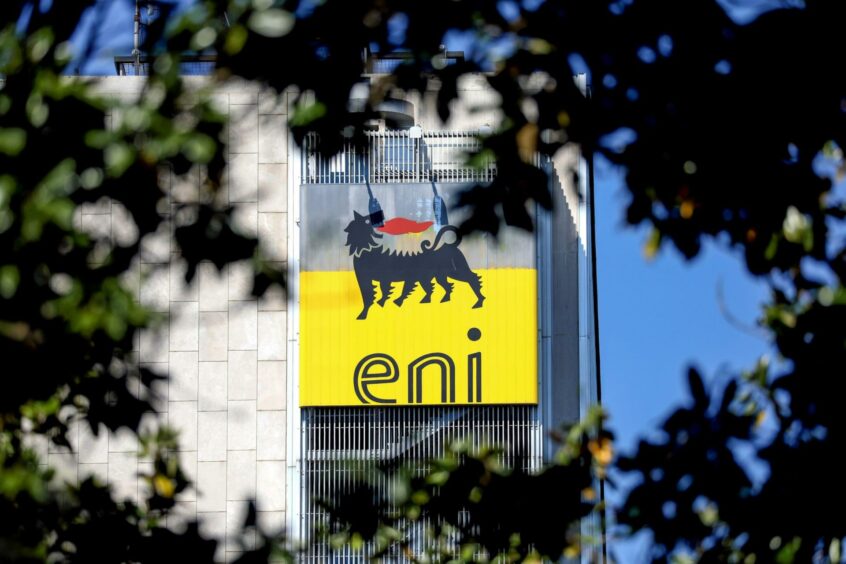
Italy’s Eni (BIT:ENI) is offering to sell its Krueng Mane Block offshore Aceh in Indonesia to London-listed Harbour Energy (LON:HBR), reported Indonesian upstream regulator SKK Migas. Significantly, the potential acquisition seems logical given that Harbour’s recent exploration success could trigger a new development area in the region.
The block sits in the North Sumatra basin, where Harbour Energy recently made an important gas and liquids discovery after drilling the play opening Timpan-1 deepwater exploration well in its Andaman II Block. The initial result, announced last week, bodes well for the frontier area and could open up more petroleum plays, which are thought to be gas prone.
Eni operates the Krueng Mane Block which contains the Jambo Aye gas discovery, but the Italian company has so far been unable to develop the discovery, that is estimated to have the potential to produce 120 million cubic feet per day of gas, due to high development costs. However, combining its development with potential new oil and gas discoveries in the region could make the economics of Jambo Aye more attractive.
Eni’s Krueng Mane Block in Indonesia has been on the market for several years, but so far there have been no takers. Still, Indonesia remains one of the most interesting countries for oil and gas deals in Southeast Asia as material opportunities close to market exist. But in recent years the operating context has remained tough, although progress continues to be made to improve terms and enable access to good opportunities.
Frontier Deepwater Andaman Holds Early Promise
Analysts at IHS Markit noted that Harbour’s Andaman Block holds early promise after drilling Timpan-1 and that other similar play targets within the block, based on pre-existing 2D seismic lines could be future drilling targets. The potential gas resource in the block is estimated at more than 6 trillion cubic feet, said IHS.
Significantly, Harbour Energy has already identified potential commercialisation paths with first gas eyed by 2026, as well as options for carbon capture and storage (CCS).
Although Harbour remains at the early stages of evaluating the resource size for the Timpan discovery, IHS carried out a quick analysis of available development options and concluded there are two main routes.
“The first would be to sell the gas into the domestic market through the existing pipeline infrastructure. For this option, the gas would be exported through the Arun-Belawan gas pipeline to Medan, with the tie-in point likely to be the Arun LNG import terminal. Should the discovery size be 1 Tcf or less, this can be easily absorbed by the domestic market demand with imported LNG being displaced. A reliable source of domestic gas could also lead to induced demand from local industries and power sector. Additionally, development of the Dumai-Sei Mangkei pipeline could allow gas to flow further and access markets in the central and southern part of Sumatra,” IHS said in a note.
“The second option would be to sell the gas as LNG into international markets. This would require that the Arun terminal be converted back to an LNG liquefaction plant and export terminal. Alternatively, a new LNG liquefaction plant or even FLNG could be considered,” said the consultancy.
“The Indonesian government will look to prioritise the domestic market, however, should significant volumes be found both in other prospects on the block as well as in the nearby Andaman III Block which hosts the Rencong 1X high impact well, operated by Repsol, then targeting both the domestic market and LNG exports could start to look more feasible,” added the firm.
IHS’ base assumption is for Timpan to be tied-in to existing onshore facilities and pipelines to supply the domestic market. Timpan gas could potentially displace existing liquefied natural gas (LNG) imports of approximately 100 million cubic feet per day of gas (MMcfg/d).
The Timpan discovery is characterised by a higher condensate to gas ratio and, according to industry sources, the gas has no significant volumes of CO2 or H2S, reckons IHS.
At a gas price of $5/MMBTU, Timpan will only require around 580 billion cubic feet of recoverable gas for the project to be economical, added the firm.
“While gas prices are negotiated bilaterally, they are still subject to regulatory approval. Beginning in 2020, the government has introduced a gas price cap of US$6 per million British thermal units (mmbtu) for selected downstream end users. This is likely to serve as a de facto price cap for upstream gas producers,” noted IHS.
Premier Oil, now a Harbour company, holds a 40% operated interest at the Andaman II Block. It said it has a strong supportive partnership with BP (LON:BP) and Mubadala, both partners in the PSC.
Meanwhile, upcoming wells by Repsol (BME:REP) and Mubadala in adjacent blocks are key wells to watch.
The region, which is largely undrilled, offers the potential for big gas discoveries. Repsol and Petronas are drilling the much-anticipated Rencong-1X wildcat in the North Sumatra basin. The probe is targeting potential giant gas pockets in the Andaman III exploration Block in waters 1500 meters deep.
